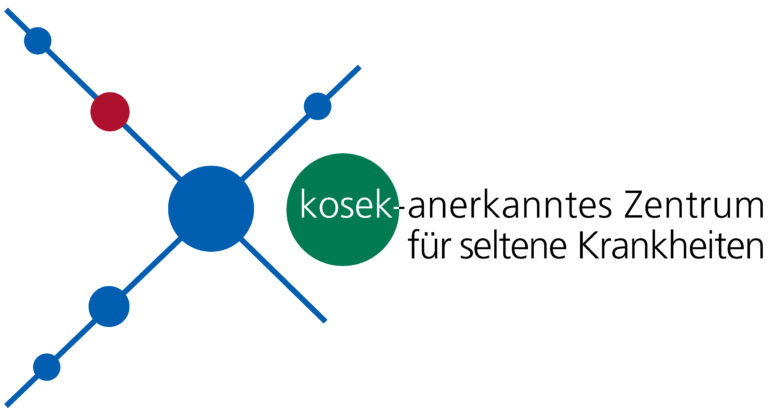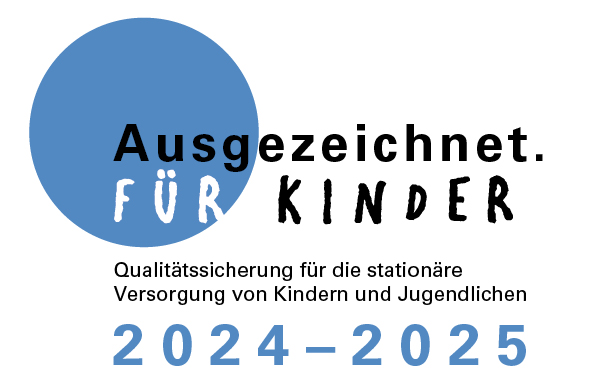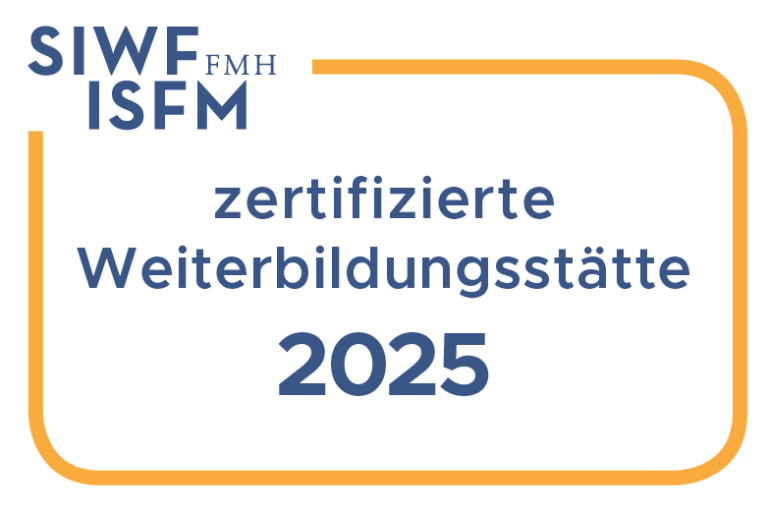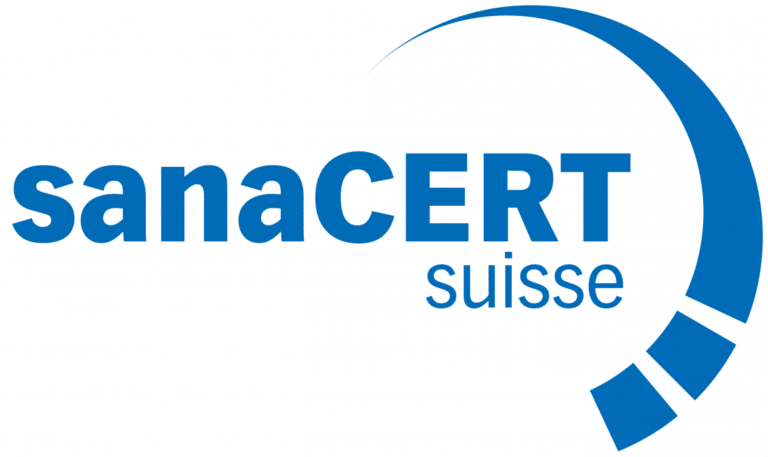Contact us
High contrast
This page has been translated automatically.
Paediatric radiology at the UKBB is a specialist area of diagnostic radiology and covers the entire spectrum of imaging from birth to early adulthood (0 to 18 years).
X-ray images
X-rays are necessary if no other examination method, especially one that does not involve radiation, can provide a satisfactory answer to the question. X-rays are used to examine the lungs (pneumonia), abdomen (intestinal obstruction), bones (fractures, scoliosis, leg length differences, malpositions and postures), to determine the final size and bone age and to check foreign material inserted (ventilation tube, central venous catheter, drains, etc.).
Screening
Fluoroscopy is also based on X-rays and produces dynamic images. Fluoroscopy is mainly used in the area of the oesophagus (swallowing, patency, constrictions, fistulas), the gastrointestinal tract (patency) or after operations to check the operated site and the urinary tract (reflux, urethral valves).
A contrast agent must be administered for fluoroscopy of the oesophagus, gastrointestinal tract, large intestine and urinary tract. Before the examination begins, the appropriate contrast agent is selected and individually adapted to the child's organism. The benefits and risks are explained in an informative discussion.
Sonography is a gentle procedure that does not require X-rays.
The following analyses are carried out:
In the case of premature babies or patients requiring intensive care, the examination is carried out with a mobile ultrasound device directly on the ward at the patient's bedside.
Magnetic resonance imaging (MRI) is a cross-sectional imaging technique for visualising the entire body. In contrast to conventional X-rays and computer tomography, MRI does not require any X-rays at all.
The MRI is used for
At 30 to 60 minutes, an MRI examination takes longer than other radiological methods. There are very loud, sometimes unpleasant knocking noises during the examination. However, thanks to special headphones, these can be attenuated and drowned out with music, audio books or radio.
Contrast agents are also required for certain MRI examinations. This provides information about the blood flow to organs, tumours and vessels, for example, and can therefore help to make a diagnosis. The benefits and risks are explained in an informative discussion.
Computed tomography is based on X-rays. This produces cross-sectional images of the body, i.e. the body is cut into "slices". Modern devices can also convert these "slices" into other spatial axes - i.e. from originally top to bottom, now from left to right or from front to back - or into 3D representations.
Computed tomography uses a higher radiation dose than conventional X-ray machines. Nevertheless, care is always taken to minimise the patient's exposure to radiation while maximising image quality. Contrast agents are required for some examinations.
Ultrasound or CT can be used to take tissue samples from tumours, puncture unclear fluid accumulations or drain abscesses (accumulations of pus in the body). This depends on the localisation of the region and lesion to be punctured/drained and is decided on an individual basis.
The radiology department of the UKBB is equipped with state-of-the-art equipment and can carry out examinations with the best possible image quality. The following equipment is available for this purpose:
The UKBB attaches particular importance to efficient and consistent radiation protection for our patients and support staff. Procedures involving X-rays are carried out with the lowest possible radiation doses and only when they are really necessary. Whenever possible, examination methods without radiation exposure, such as magnetic resonance imaging or ultrasound, are used.
In recent years, a new realisation has become established in research. The radiation exposure for patients, which is usually low these days anyway, is only marginally reduced by conventional protective equipment such as lead waistcoats. However, such protective devices can interfere with imaging under certain circumstances.
On the recommendation of the Swiss Federal Commission for Radiological Protection and other national and international organisations, all Swiss university hospitals now dispense with such protective equipment for patients.
Does your child need to be accompanied by a parent during the radiological examination? Can they or would they prefer to go into the examination room alone? At UKBB, parents often accompany the radiological examination. Whatever seems right in your situation, the radiology team will be happy to clarify this with you before the examination.
Close collaboration with clinical colleagues is essential. Important findings are therefore discussed in daily interdisciplinary meetings in order to determine the best possible further course of action.




058 387 78 82 (Costs are settled via the health insurance company)
In the event of an emergency abroad, call the emergency number of your health insurance company. You will find the contact details on your health insurance card.
145 (Poison and Information Centre)
University Children's Hospital of both
Basel, Spitalstrasse 33
4056 Basel | CH
Phone +41 61 704 12 12
© UKBB, 2025
The Medgate Kids Line provides quick and uncomplicated medical advice if your child is unwell. The medical team of our partner Medgate is available to you by telephone around the clock.
For emergencies abroad: Call the emergency number of your health insurance company. You will find this number on your health insurance card.
More information: On the Page of the emergency ward you will find everything you need to know about behaviour in emergencies, typical childhood illnesses and waiting times.
144 Outpatient clinic
145 Tox Info Suisse (Poisonings)
117 Police
118 Fire brigade
Which topic would you like to contact us about?
For praise or criticism, please use the Feedback form.